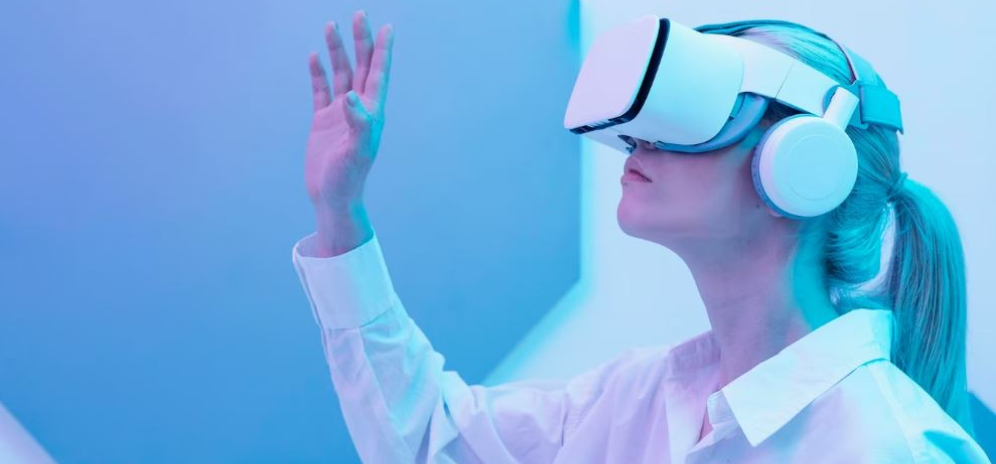
Mixed Reality (MR) is a transformative technology that merges the physical and digital realms, creating immersive and interactive experiences that surpass the boundaries of traditional virtual and augmented reality. By seamlessly integrating virtual objects into the real world, MR offers unique possibilities for entertainment, education, communication, and various industries. In this blog, we will delve into the concept of mixed reality, its applications, and the potential it holds for shaping the future of human-computer interaction.
Understanding Mixed Reality
Mixed Reality combines elements of both virtual reality (VR) and augmented reality (AR) to create a hybrid environment that merges the real and virtual worlds. Unlike virtual reality, which replaces the real world entirely, and augmented reality, which overlays digital content onto the real world, mixed reality seamlessly blends virtual and physical elements, enabling users to interact with and manipulate virtual objects within their real surroundings.
Immersive Experiences
One of the key features of mixed reality is its ability to create highly immersive experiences. By integrating virtual objects into the real world, users can interact with digital content as if it were physically present. This immersion enhances storytelling, gaming, and entertainment experiences, allowing users to engage with virtual characters, explore virtual worlds, and interact with objects in a more natural and intuitive manner.
Industrial Applications
Mixed reality has significant implications for various industries, including manufacturing, architecture, and engineering. In the manufacturing sector, MR can be used for virtual prototyping, allowing engineers to visualize and test product designs in a simulated environment before physical production. In architecture and construction, mixed reality enables architects to visualize and present 3D models of buildings in real-world contexts, enhancing design processes and client communication.
Training and Education
MR has immense potential in training and education. It provides a hands-on and interactive learning environment, allowing students to engage with complex concepts, manipulate virtual objects, and participate in immersive simulations. For example, medical students can practice surgical procedures on virtual patients, and astronauts can undergo training in simulated space environments. MR offers a safe and cost-effective way to enhance learning experiences across various disciplines.
Collaboration and Communication
MR can revolutionize the way people collaborate and communicate. By integrating virtual objects into shared physical spaces, remote teams can collaborate on projects as if they were physically present together. Mixed reality also enables users to have face-to-face interactions with avatars of distant colleagues, enhancing remote communication and reducing geographical barriers.
Entertainment and Gaming
The entertainment industry is being transformed by MR. Immersive gaming experiences that blend virtual and physical elements offer players a new level of engagement and interactivity. With mixed reality, users can bring their favorite characters into their living rooms, play interactive games in real-world environments, and experience narratives that unfold around them.
Cultural Preservation and Tourism
MR has the potential to preserve cultural heritage and enhance tourism experiences. By recreating historical sites or artifacts digitally, mixed reality allows users to explore and interact with them in ways that would otherwise be impossible. This technology opens up opportunities for immersive virtual tours of ancient ruins, museums, and landmarks, providing educational and enriching experiences for visitors.
Conclusion
Mixed reality represents a significant leap in human-computer interaction, blending the physical and digital worlds seamlessly. Its applications span across entertainment, education, industry, and beyond, offering immersive experiences, enhancing collaboration, and unlocking new possibilities for various sectors. As MR technology continues to advance, we can expect to see even more innovative applications and transformative experiences that bridge the gap between reality and the virtual realm.
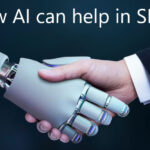
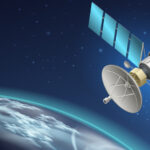

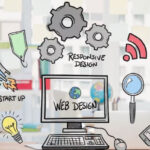



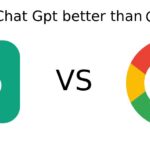

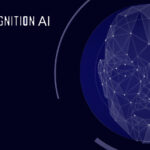


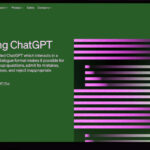
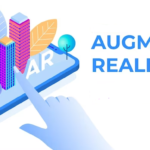

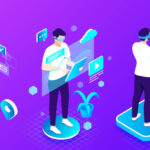
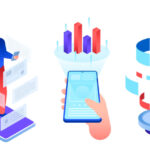

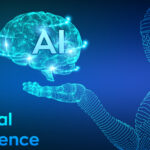




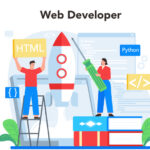

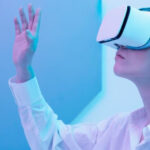
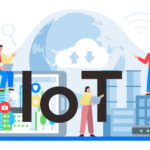


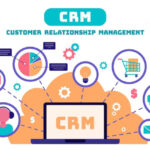

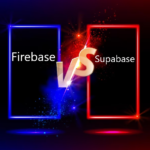
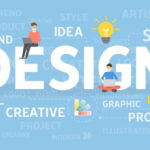




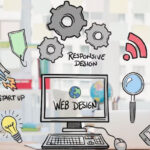
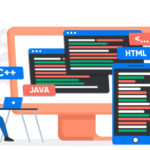
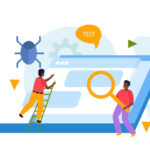




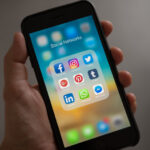
Recent Comments